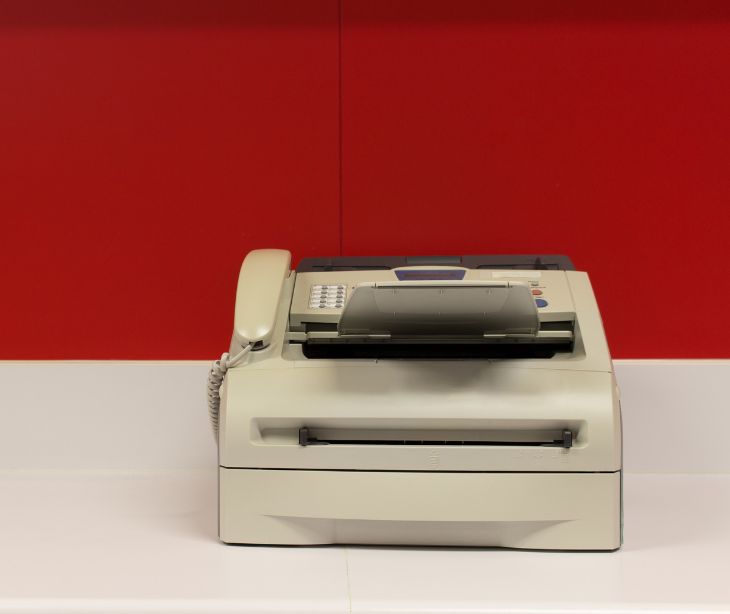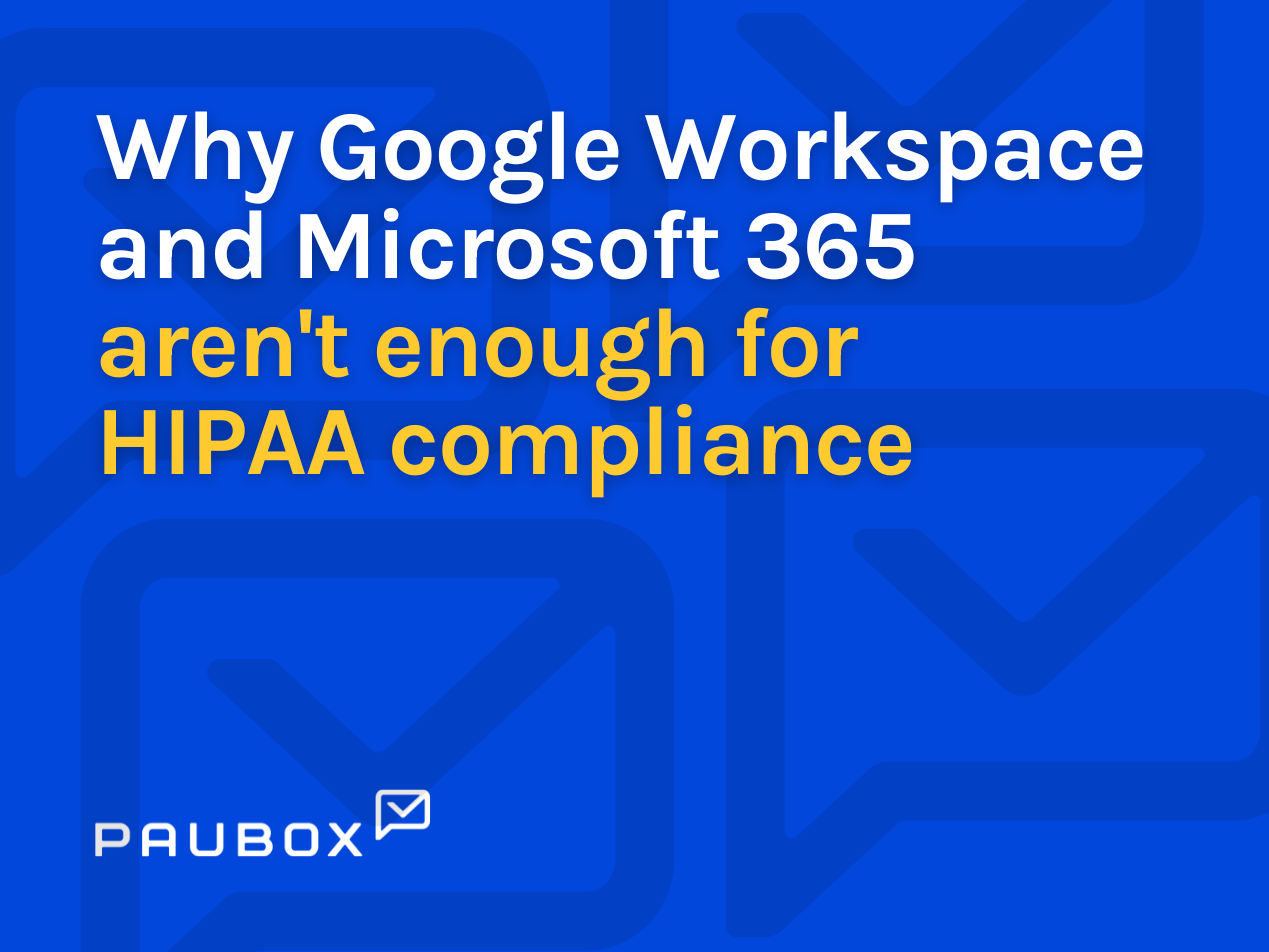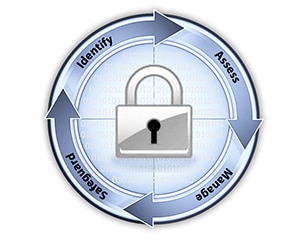
Faxes are not the most secure or effective method for patient communication. They lack encryption capabilities and increase the risk of HIPAA violations and breaches.
Faxes and HIPAA security concerns
Human error
Human errors, such as sending faxes to the wrong recipients, misplacing patient data in accessible locations, or failing to remove faxes from output trays, can all lead to breaches of protected health information (PHI).
Storage and handling
Failure to adhere to proper storage and handling of faxes can result in access by unauthorized individuals and may lead to HIPAA violations.
Verification of recipients
Traditional fax machines often lack mechanisms for verifying recipients, which poses the risk of sending sensitive patient information to the wrong person.
Data fields
Placing health information in accessible areas of a fax, such as the header or cover page can result in the unintended exposure of PHI to unauthorized recipients.
Failure to remove faxes
Failure to promptly remove received faxes from the healthcare organization's output tray presents another security risk.
Machine error
Technical malfunctions of fax machines can lead to unintended data exposure or failed transmission, creating additional security risks. For instance, a malfunctioning fax machine might not transmit the fax properly, leaving sensitive patient information exposed in an unsecured location.
See also: Strategies for managing and tracking PHI disclosures
How to provide HIPAA compliant faxes to patients who select it as a preference
HIPAA allows patients to select a method of communicating with their healthcare provider. Some patients still prefer faxes and healthcare providers should take steps to remain HIPAA compliant.
- Use a HIPAA compliant fax service: Invest in a HIPAA compliant fax service that provides encryption and secure transmission of patient information.
- Secure fax machines: Place fax machines in secure, restricted-access areas to minimize unauthorized access. Use secure physical storage for received faxes.
- Authorization and verification: Verify that the recipient's fax number is correct and they are authorized to receive the information.
- Cover sheets: Include cover sheets on all faxes that clearly state the confidential nature of the information, the patient's authorization, and instructions not to share the information without consent.
- Fax machine settings: Configure fax machines to automatically redial numbers that didn't answer, ensuring the information reaches its intended recipient.
- Confirmation receipts: Request and keep confirmation receipts for sent faxes, including delivery time and recipient's fax number.
- Secure disposal: Implement a process for safely disposing faxes, such as shredding or secure disposal bins.
See also: How to obtain patient consent for email communication
HIPAA compliant alternative methods for patient communication
HIPAA compliant email: Healthcare organizations can implement HIPAA compliant email systems that encrypt and secure patient communications. This allows for easy and efficient email communication while adhering to strict data protection standards.
Text messaging: Use secure text messaging platforms designed for healthcare to communicate with patients quickly and conveniently. These platforms encrypt messages to maintain patient privacy.
Telemedicine: Video conferencing and secure platforms can be used for these virtual appointments while maintaining HIPAA compliance.
Subscribe to Paubox Weekly
Every Friday we'll bring you the most important news from Paubox. Our aim is to make you smarter, faster.




